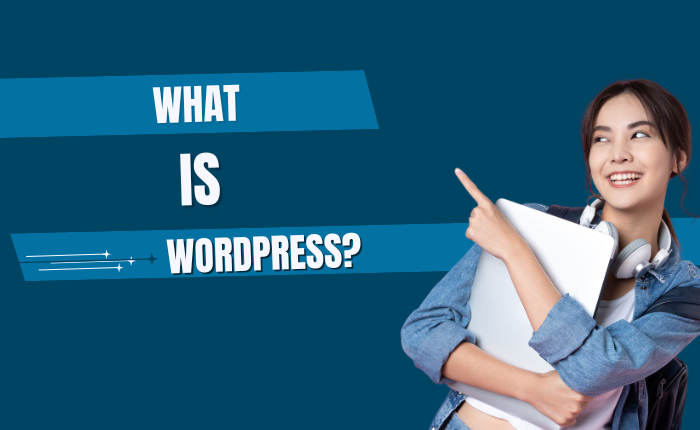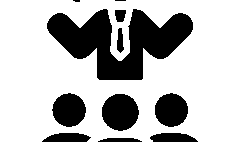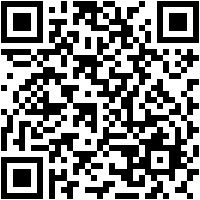What is WordPress?
What is WordPress?
1.What is WordPress?
- Definition: WordPress is a free and open-source Content Management System (CMS) designed to create and manage websites easily.
- Foundation: It is built using PHP and MySQL and initially started as a blogging platform but has now become a powerful tool for building all kinds of websites and applications.
2. Key Features of WordPress
1. Ease of Use:
- No need for coding or design skills.
- Suitable for beginners and non-technical users.
2. Versatility:
- Can be used for blogs, business websites, online stores, portfolios, and more.
- Plugins and themes allow for extensive customization.
3. Open-Source Community:
- Supported by thousands of contributors worldwide.
- Free to download, install, modify, and use.
4. Customization:
- Over 26,000 themes and 31,000 plugins available.
- Options to enhance design and functionality effortlessly.
3. Benefits of WordPress
- Free Software: WordPress itself is free, but hosting and additional features may have costs.
- Beginner-Friendly: Even those without technical knowledge can create professional websites.
- Global Support: A large community of developers offers constant updates and support.
4. Misconception
Some people still think WordPress is only a blogging platform, but it is much more. You can create fully functional websites, e-commerce stores, and even mobile apps with it.
5. History of WordPress
1. Launch of WordPress
- WordPress was launched on May 27, 2003, by Mike Little and Matt Mullenweg.
- It was created as a new version of b2/cafelog, an earlier blogging tool made in 2001 by Michel Valdrighi.
2. What was b2/cafelog?
- b2/cafelog was built using PHP and MySQL to make websites more dynamic.
- It was open-source, meaning anyone could use or modify its code.
- Development stopped in 2002 when Michel Valdrighi disappeared for a while.
3. Creation of WordPress
- Matt, a b2 user, decided to improve b2. He partnered with Mike Little to create WordPress.
- The name WordPress was suggested by Matt’s friend Christine Selleck Tremoulet.
- The first version, WordPress 0.7, was released on May 27, 2003.
4. WordPress Today
- WordPress powers More than 810 million globally.
- It is used for blogs, business websites, and more, with millions of users and contributors.
5. Future of WordPress
- WordPress continues to grow, with its founder, Matt Mullenweg, seeing it as a top tool for websites in the future.
6. WordPress Versions and Their Evolution
1. WordPress 0.7 (2003)
- Released on May 27, 2003, by Matt Mullenweg and Mike Little.
- It marked the beginning of WordPress as an open-source platform.
2. WordPress 1.0 (2004)
- Named after Miles Davis, a jazz musician.
- Introduced a more stable version with core blogging functionalities.
3. WordPress 1.2 (2004)
- Plugin Support: Enabled users to add custom features to their websites through plugins.
- Opened doors to massive customization.
4. WordPress 1.5 (2005)
- Added features like pages, comment moderation, and the introduction of the Kubrick theme, making it easier to create blogs and websites.
5. WordPress 2.0 (2006)
- WYSIWYG Editor: Introduced a “What You See Is What You Get” editor, making content editing more user-friendly.
6. Subsequent Versions
- Over the years, WordPress added features like:
- Custom post types
- Widgets
- SEO optimization tools
- Gutenberg Block Editor (introduced in version 5.0, 2018).
Each new version continues to enhance functionality, making WordPress more powerful and user-friendly.
What is the latest version of WordPress?
WordPress 6.7 – Jan 2025
7. How To log in to the WordPress dashboard
To log in to the WordPress dashboard, follow these steps:
1. Go to the Login Page
- Open a web browser and type in your website’s login URL.
- The default login URL is usually:
- yourwebsite.com/wp-admin
- yourwebsite.com/wp-login.php
2. Enter Your Login Details
- Username or Email: Enter your WordPress account’s username or email address.
- Password: Type in your account password.
3. Click on “Log In”
- Press the “Log In” button to access your WordPress dashboard.
4. Optional: Save Your Login Info
- Check the “Remember Me” box to stay logged in.
5. Troubleshooting (if needed)
- If you forgot your password, click the “Lost your password?” link to reset it.
- Once logged in, you’ll be redirected to the WordPress admin dashboard where you can manage your website!













